The search for pure means of expressiveness and plots, dissociated from European mastery and intricacy, is what first of all catches your eye when you meet Gauguin’s “Dream.” The plot
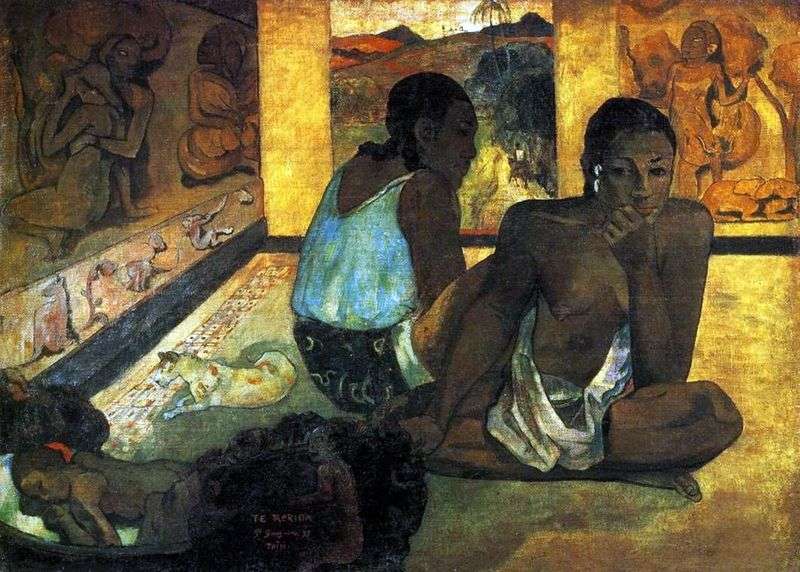
Gauguin Paul

The search for pure means of expressiveness and plots, dissociated from European mastery and intricacy, is what first of all catches your eye when you meet Gauguin’s “Dream.” The plot
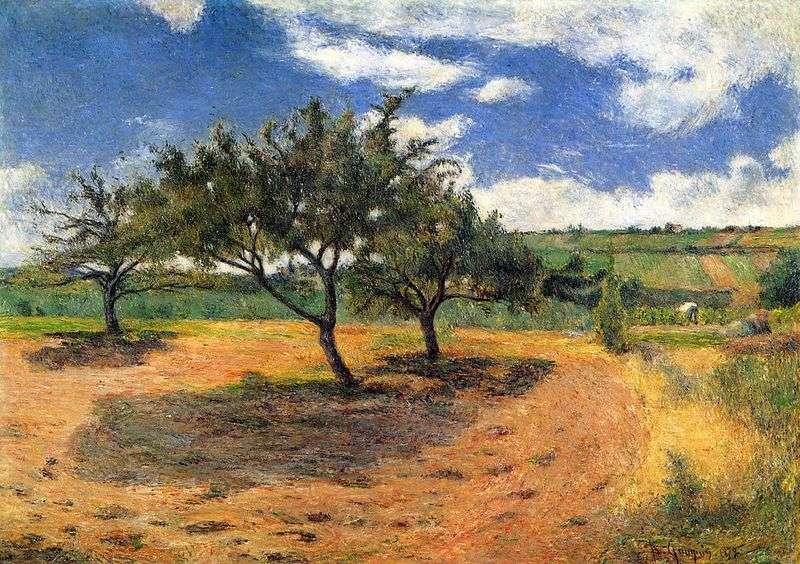
The famous French post-impressionist Paul Gauguin began painting in the 1870s, and this fascination made him famous all over the world. The painting “Apple Tree” refers to the early period
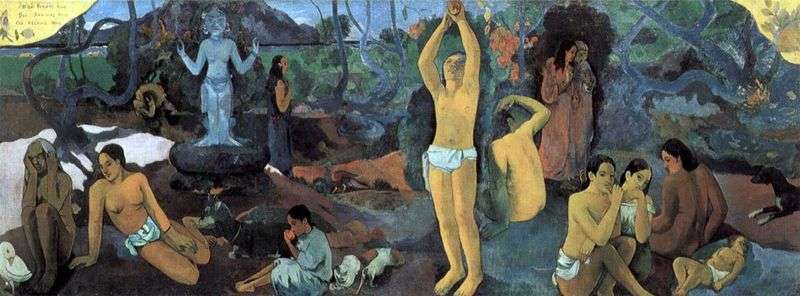
One of the most famous paintings of Paul Gauguin. Created in Tahiti, is currently in the Museum of Fine Arts in Boston, Massachusetts, USA. Gauguin went to Tahiti in 1881
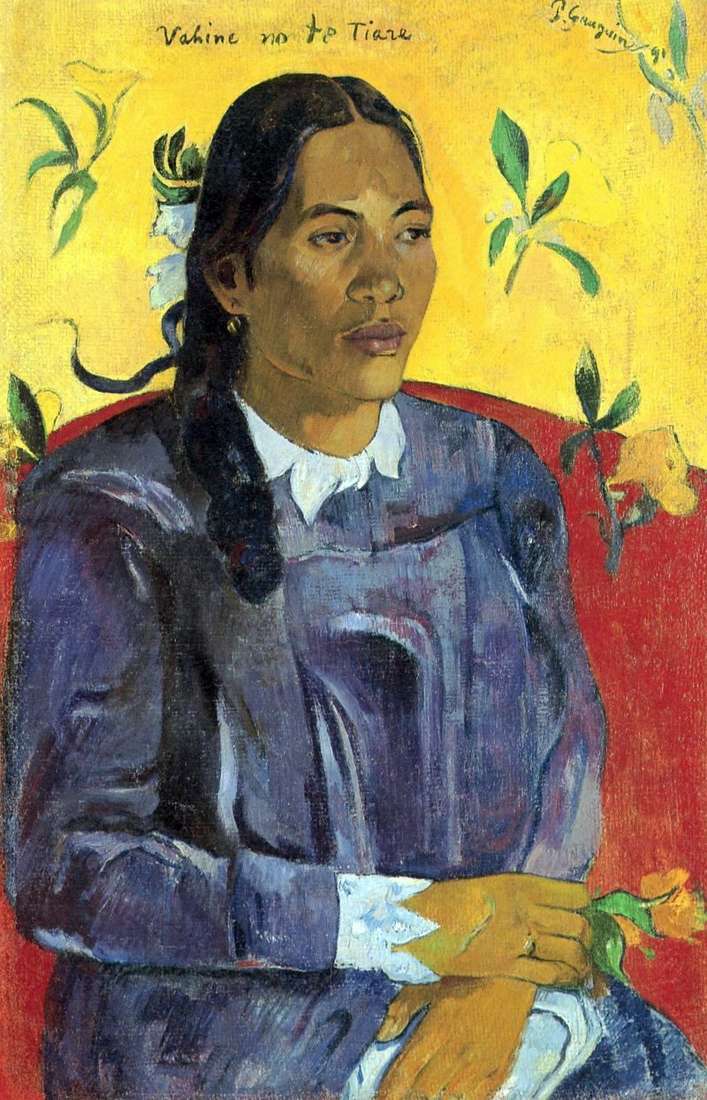
Glyptotheca Carlsberg, Copenhagen. “… Gauguin again took up his brushes and pencils, not without difficulty.” In a new place, it’s always not easy for me to put the car into

During his stay in Tahiti, the artist continued to paint his floral compositions, but already with Tahitian motifs. This picture of him shows Tahitian children sitting near a table, on
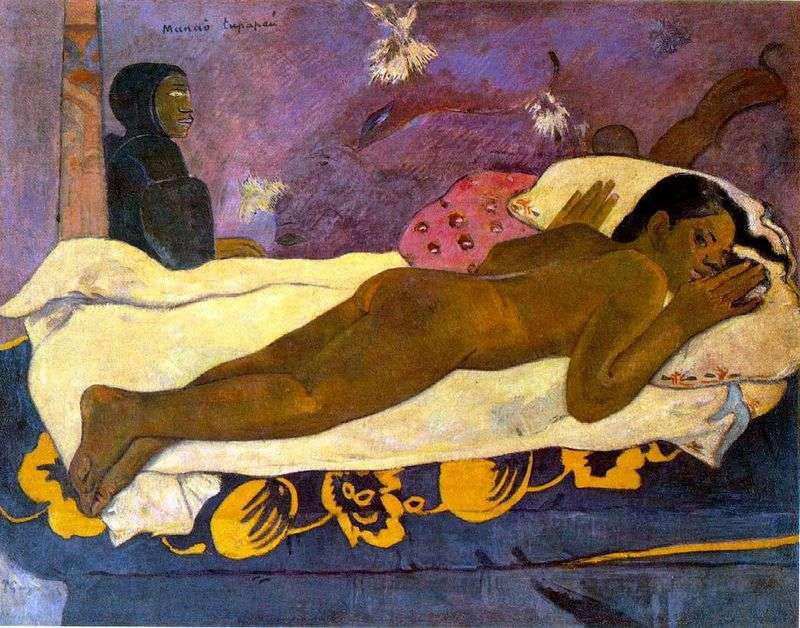
The painting “The spirit of the dead is not slumbering” or “The spirit of the dead is awake” appeared thanks to the everyday history, which Gauguin, due to his imagination

Paul Gauguin’s widely known work “Harvesting”, written by the artist at the end of life, when he lived on the island of Tahiti. Many researchers of the great post-impressionist creativity
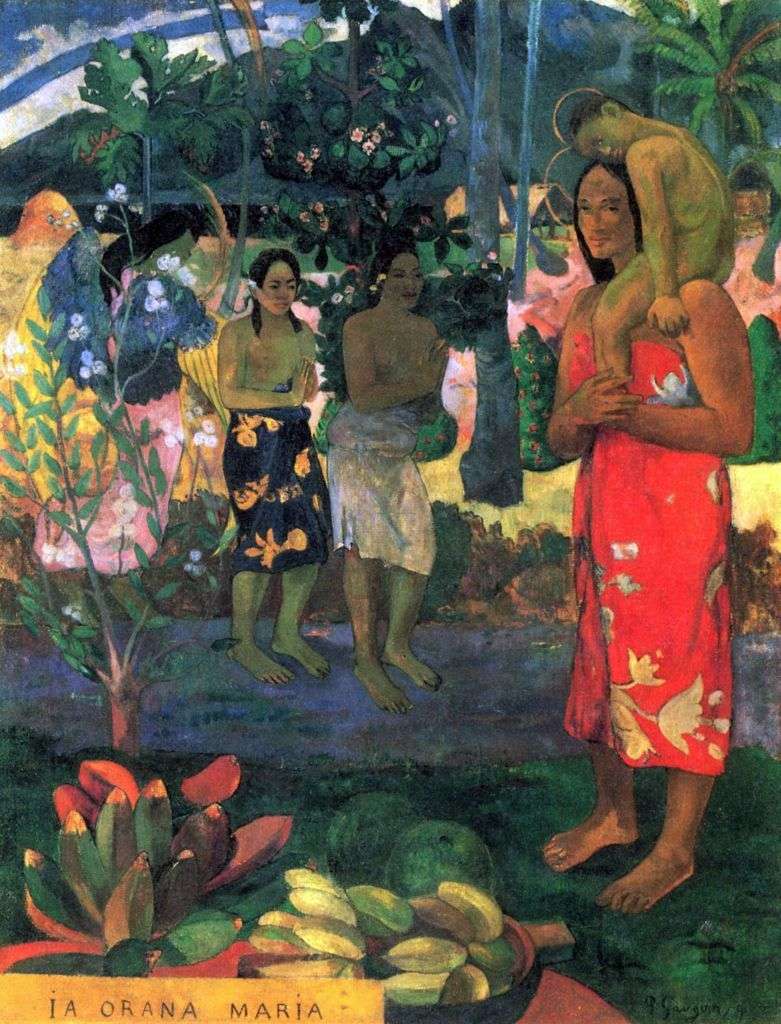
In this work, too, the influence of visits to Tahiti is felt. In the picture, the Christian figures of the Virgin Mary and Jesus are transformed into a Tahitian mother

The painting “Early Evening” was written by Gauguin during the artist’s move to the islands of Oceania. It, like many canvases of that period, reflects the way of life of
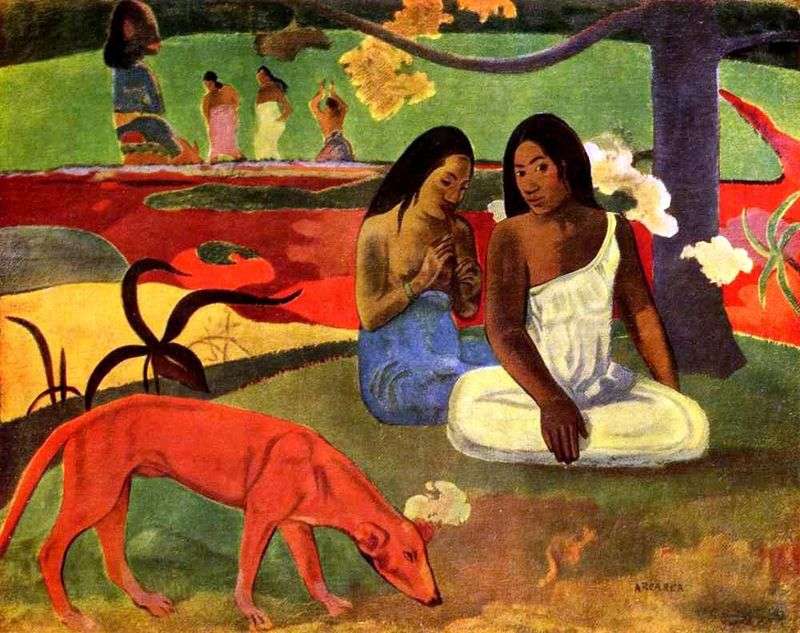
Gauguin is known for works in which the dream and reality coexist. The “mischievous joke” is a prime example of this. Two sitting with a red dog women occupy a
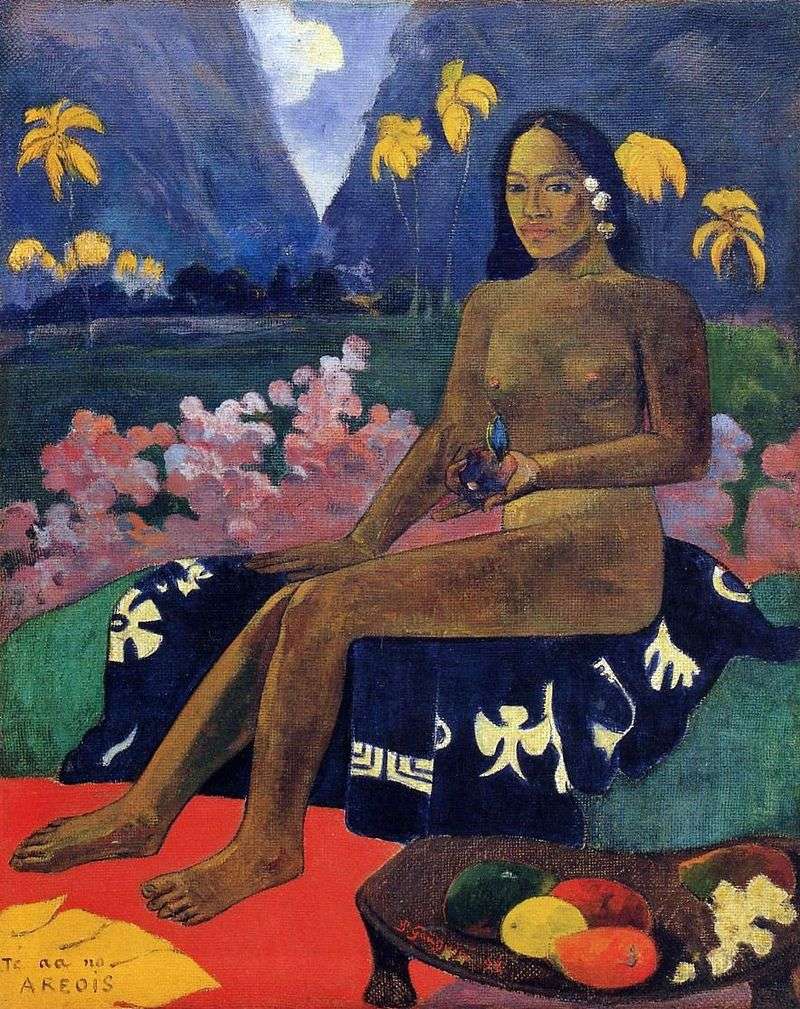
In the spring of 1891, an elegant and comfortable liner “Ocean” crosses the Indian Ocean, associated with the French colonies in New Caledonia. Its picturesque passengers are divided into three
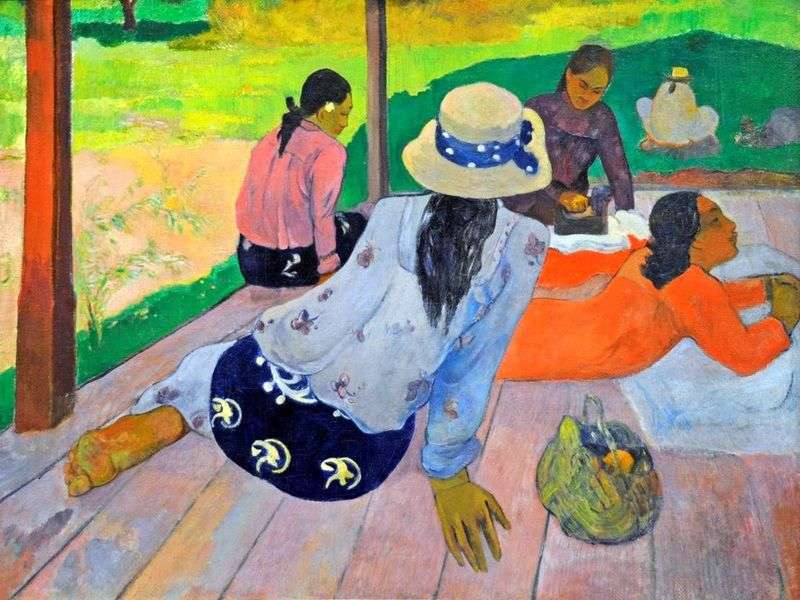
The canvas “Siesta” was written in 1894, however, for some reason, Gauguin did not mention it in his “Tahitian Diary”. The picture at first sight attracts its unusual interpretation. First,
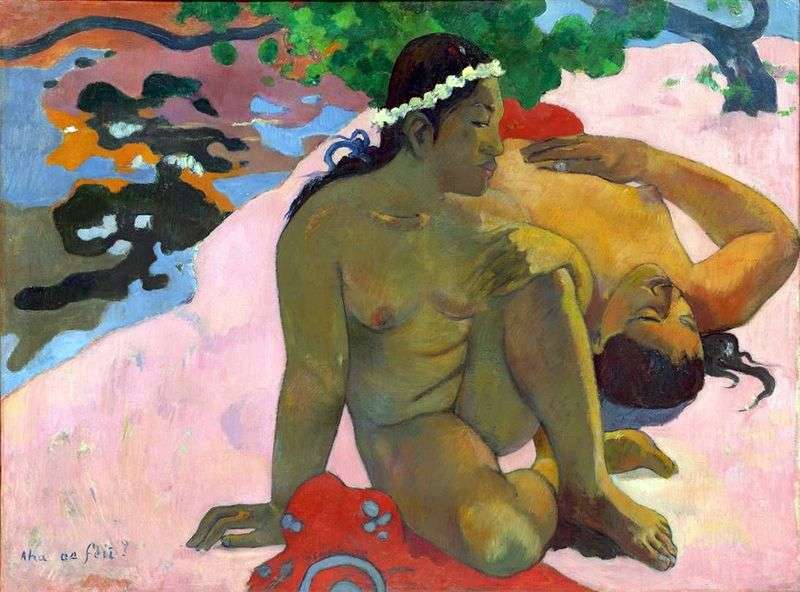
Living in Tahiti, among the exotic nature and no less exotic native inhabitants, Gauguin was in constant search of plots. Like Balzac in the literature, so Gauguin in painting of

Every artist has a self-portrait – this is the favorite genre of all painters. The work of Paul Gauguin is no exception. Given the extraordinary thinking of the artist, all
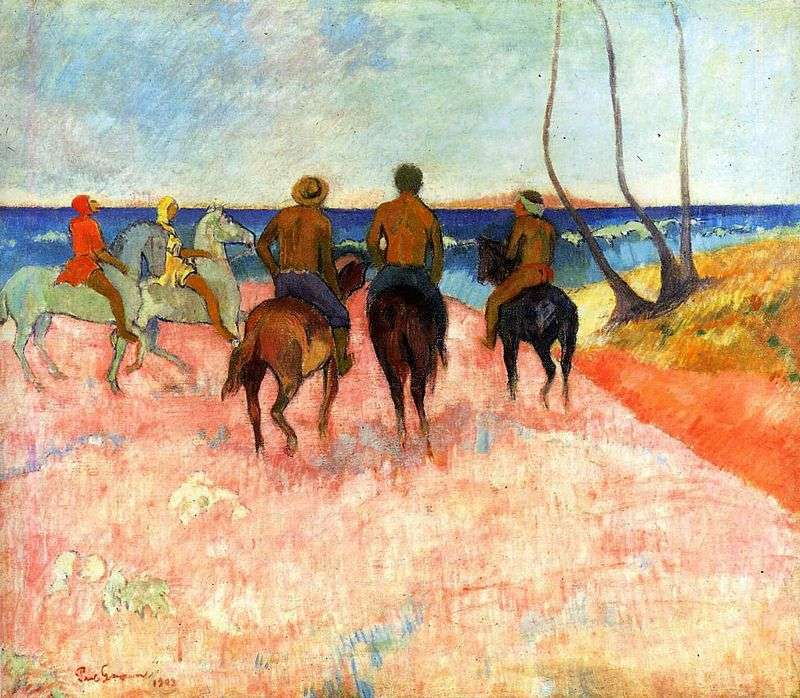
In September 1901, Gauguin left Tahiti and settled on the Marquesas Islands. The reason for this flight still remains unclear: while Gauguin’s admirers assume that the artist was looking for
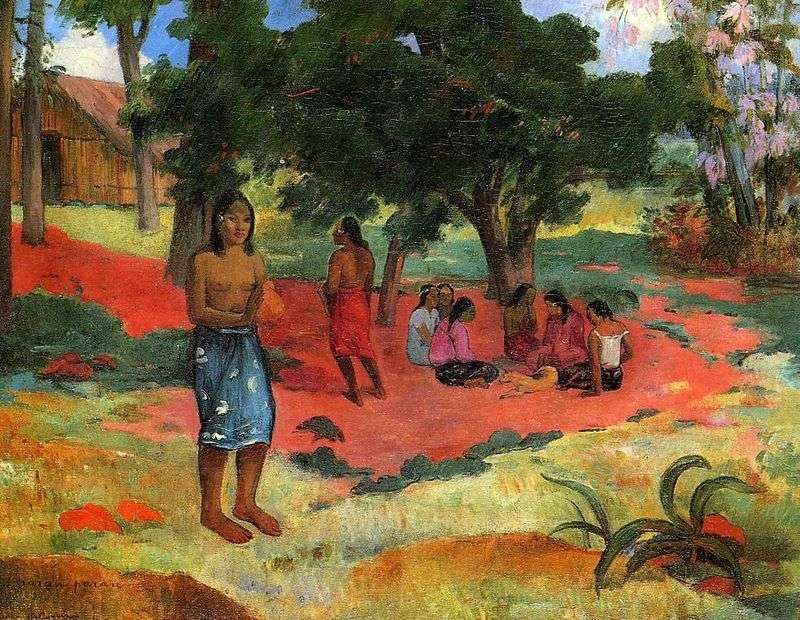
… A moment is a song of a whisper, Enchanted by history. The moment is you… I. Luzan, “The Moment” The picturesque canvas in the performance of the great Gauguin
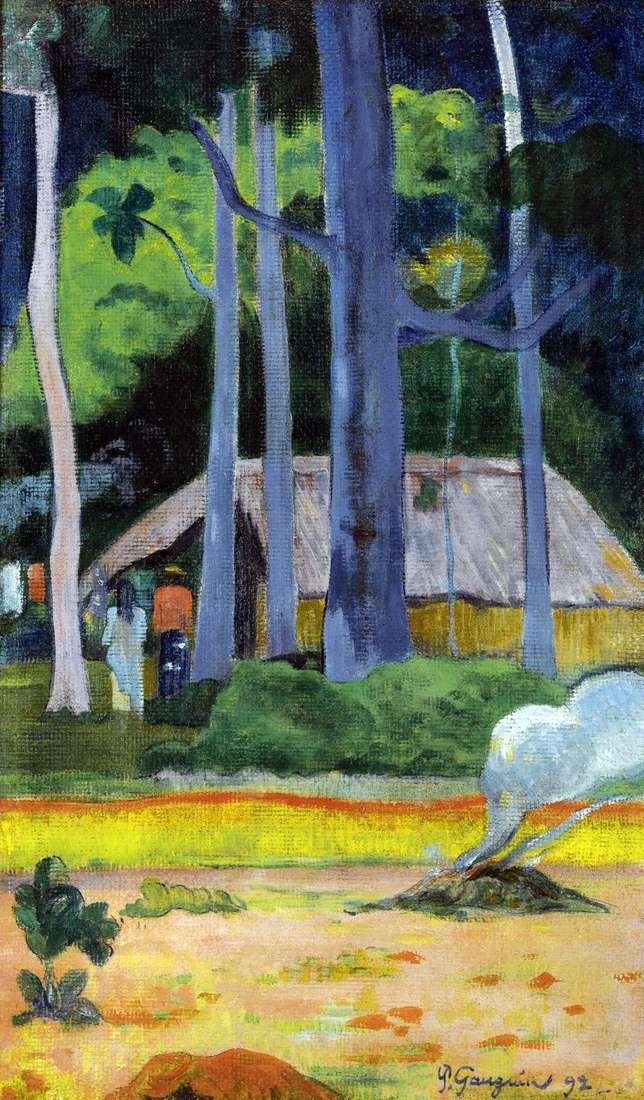
In those days, when the French artist Paul Gauguin decided to connect his life and fate with the life and fate of the Tahitian aborigines, on the island, in fact,
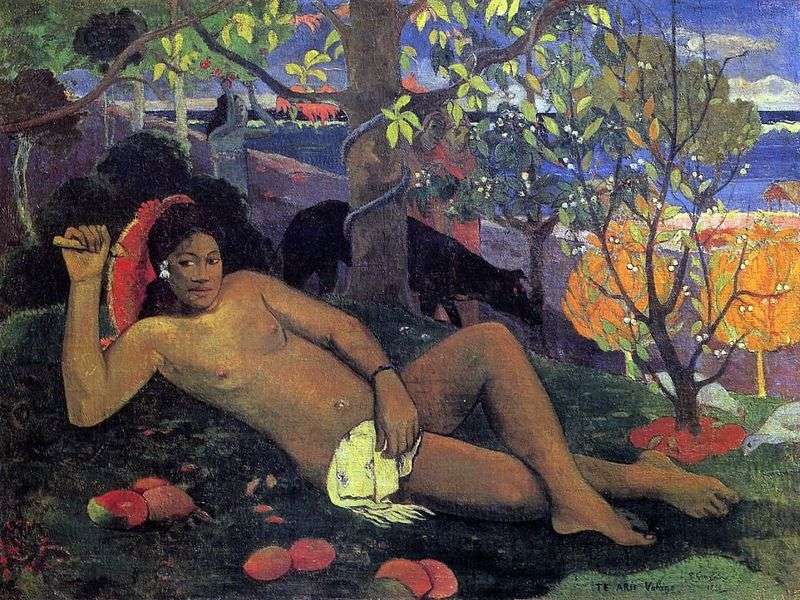
The work of Paul Gauguin’s “The Wife of the King” is considered by many art critics to be a unique pearl among the famous nude maidens of European art. “Nude
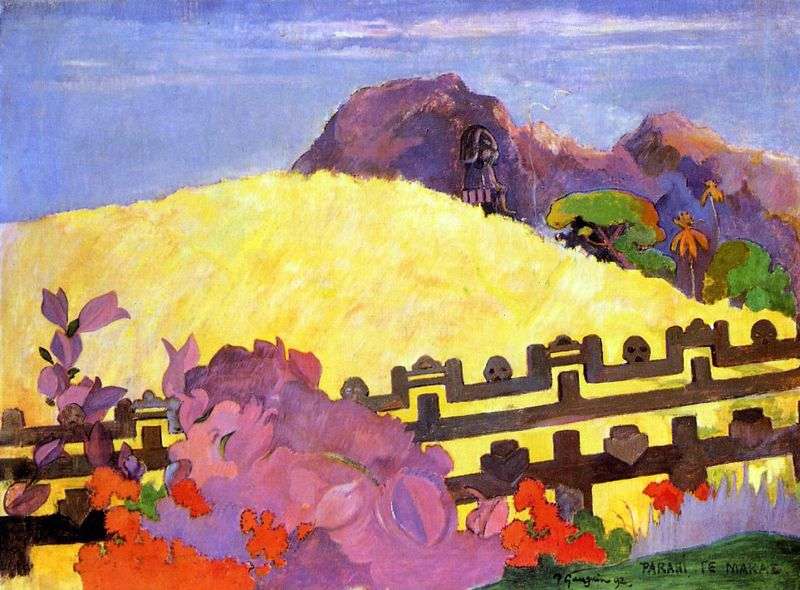
The presented canvas “Marae” belongs to one of the greatest Impressionists of its era, Paul Gauguin. The place of Marae, to which the painting is dedicated, in literal translation from

The end of the 1890s is the most tragic period in Gauguin’s life. Returning, in 1895 in Tahiti, the artist dreamed of renewing his relationship with Tehura, but she raised
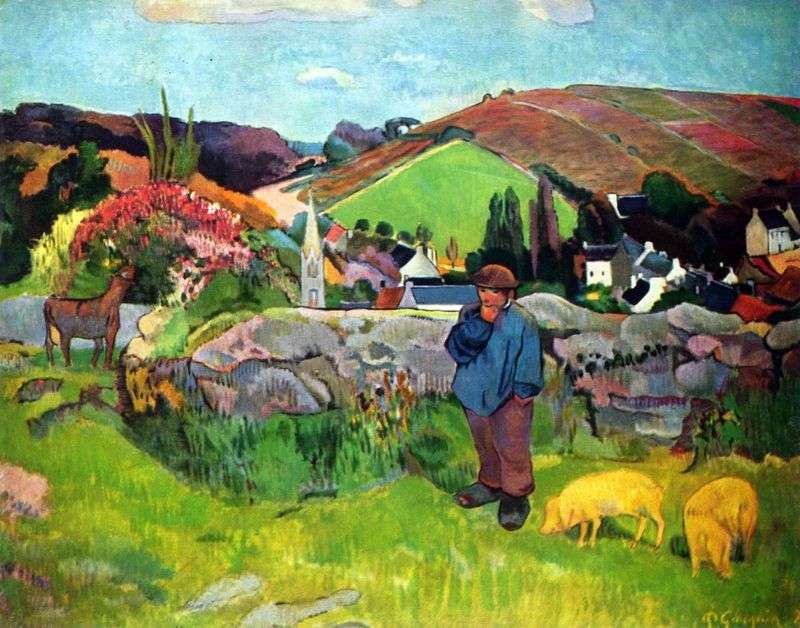
In 1888, Paul Gauguin created the “Breton landscape with a swineherd.” The canvas belongs to the Assembly of Norton Simon in Los Angeles. The Breton landscape with a swineherd is